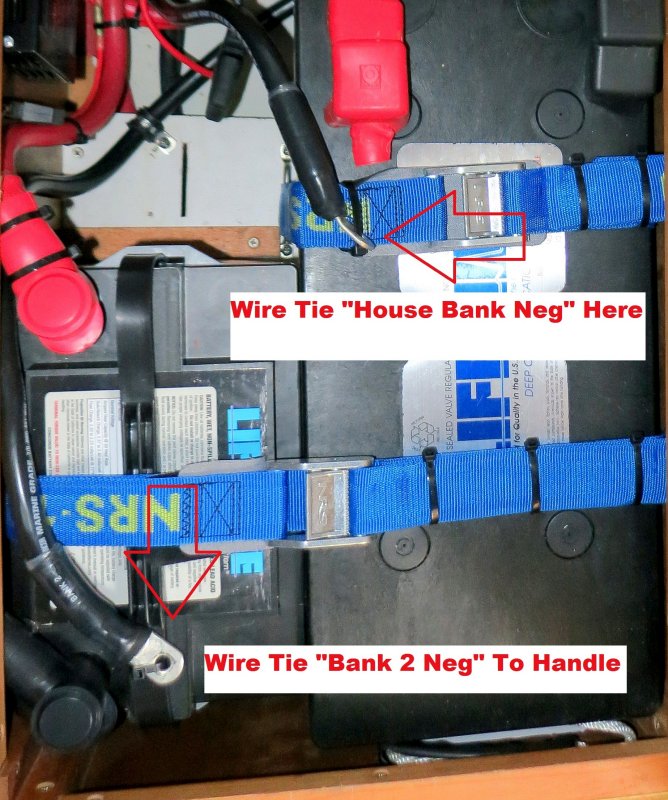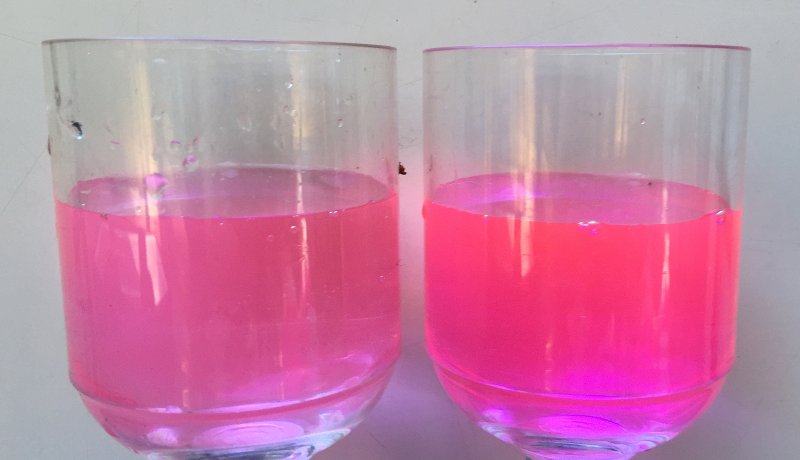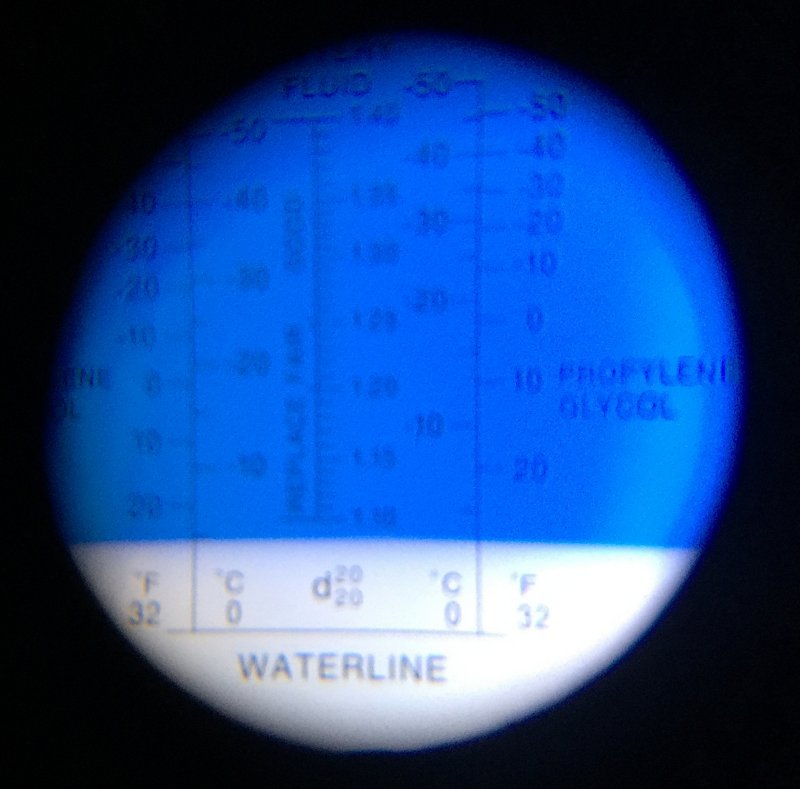Does anyone have a list of what needs to be winterized on a 310? A how to would be very helpful.
Ted Pinelli
Ted Pinelli
As you should... Regardless of whether anyone else has done it, and I've seen it done, there is no valid reason to risk it.I am nervous about running the engine on the hard (gravel actually).
Thanks
I don't think the vibrations or the stress of any kind is bigger than what you will have through the winter from the wind. i store the boat on a cradle, so there might be some difference, but if your stands are properly secured, you should be fine. Of course, it also depends how well your engine is running, but if it shakes the boat so much that it might move it off the stands, you have a bigger problem.I am nervous about running the engine on the hard (gravel actually). For those of you who have, is there much vibration in the hull, any special precautions with the stands?
Thanks
Don't be. The resident guru, Maine Sail does this to his own boat. Here is the video where he explains how to do it.I am nervous about running the engine on the hard (gravel actually). For those of you who have, is there much vibration in the hull, any special precautions with the stands?
Thanks
I do this currently about 19-22 times per year (my own boat plus customers). The local boat yards to it many hundreds of times per year.... It is a non issue with a boat properly supported.I am nervous about running the engine on the hard (gravel actually). For those of you who have, is there much vibration in the hull, any special precautions with the stands?
Thanks
This is a list of what I do...Does anyone have a list of what needs to be winterized on a 310? A how to would be very helpful.
Ted Pinelli
Your pump is worn or the impeller is bad. You can often get a prime with a weak pump/impeller by increasing RPM in short bursts. Running dry is a non-issue, for a few seconds, as there will still be plenty of moisture still in the pump for lubricity. Put your hand on it after 10-15 seconds run "dry" and you will see it is not yet even begun to get warm. To avoid hydrolocking I just put a valve on my suction line, at the bucket end, and do it from the cockpit. I do it in the cockpit so if the bucket overflows while flushing, and running the engine to temp with fresh water, no big deal it just goes out the scuppers. If you are doing this in the cabin, and the bucket is lower than the siphon break, no need to worry about a hydrolock.. By doing this in the cockpit I can run fresh water through the engine as long as I like, without fear of overflowing, I am close to engine kill and key and my cut off valve for the intake. In this order, if doing it in the cockpit, turn off valve and then shut down engine, prime still in hose.I have two questions. The video was really great but when I tried it with the antifreeze bucket on the cabin floor (still not hauled yet) it took a long time to prime. Is that normal, should I prime somehow. It would be great to see MaineSail start and stop the flow in the hoses to see how much time one has when starting and stopping and how not to hydrolock without running dry.
Second question; what is the difference between disconnecting the negative or the positive battery cables for storage and repairs.
Sorry for such basic questions, I'll get it after a few more winterizations.

You did well!Understand now. I ran 6 gallons through and the refractor readings matched perfectly. Next year I take a reading after 5 gallons.


They all measure specific gravity but have different scales. Mine has a scale for batteries and both eth and propyl antifreezes. I got it on ebay from Charlie Downs, nissales.com (I only know because he enclosed his card along with printed instructions I keep in the case). It was not expensive, I remember around $40.Question - can a specific gravity refractometer be used for measuring concentration of the antifreeze? There are many available on-line; most are scaled for sugar or alcohol content or for salinity. But I imagine that if you can measure specific gravity and it is above 1.0, it should not matter.

